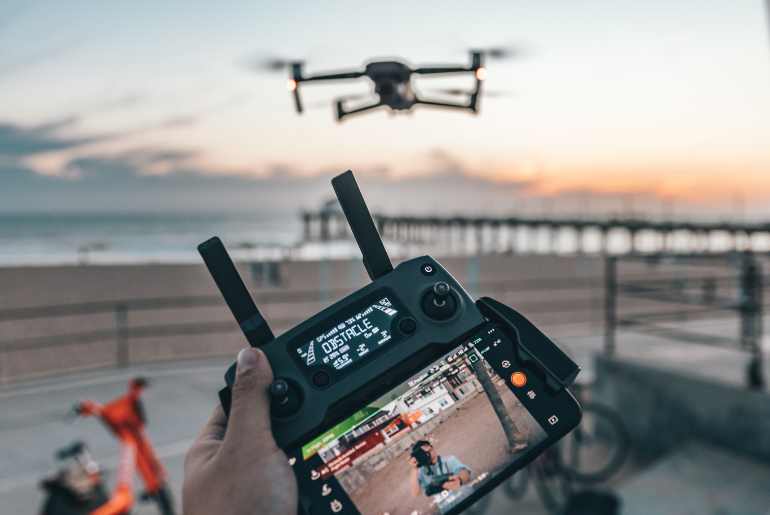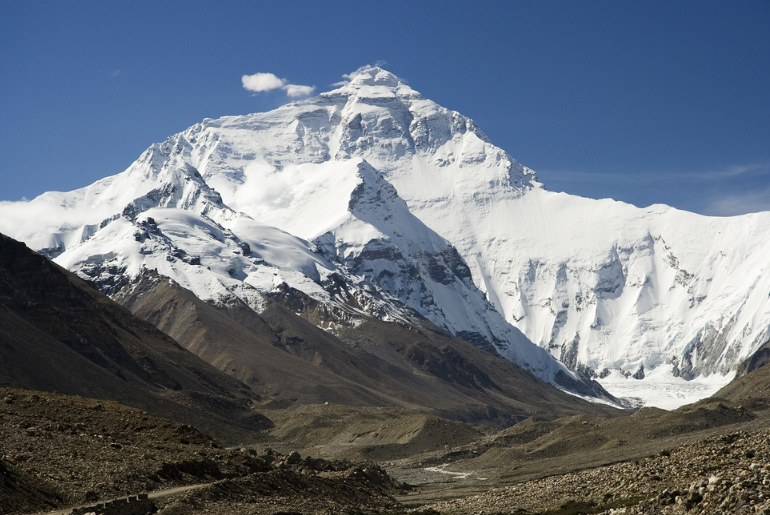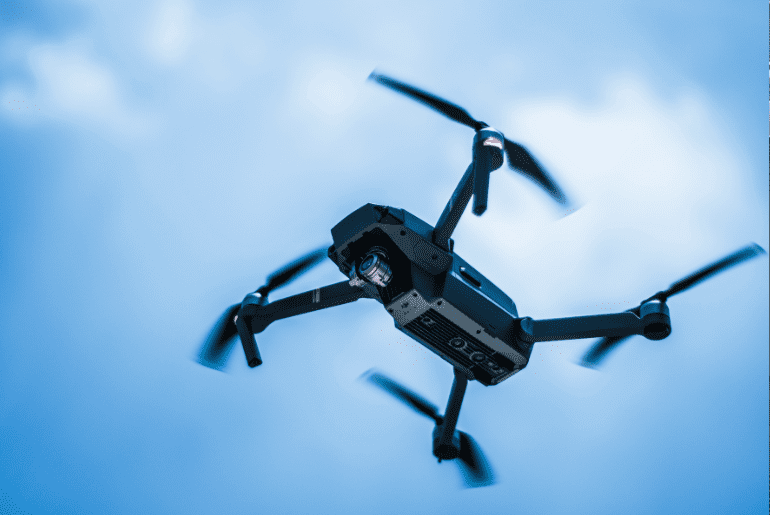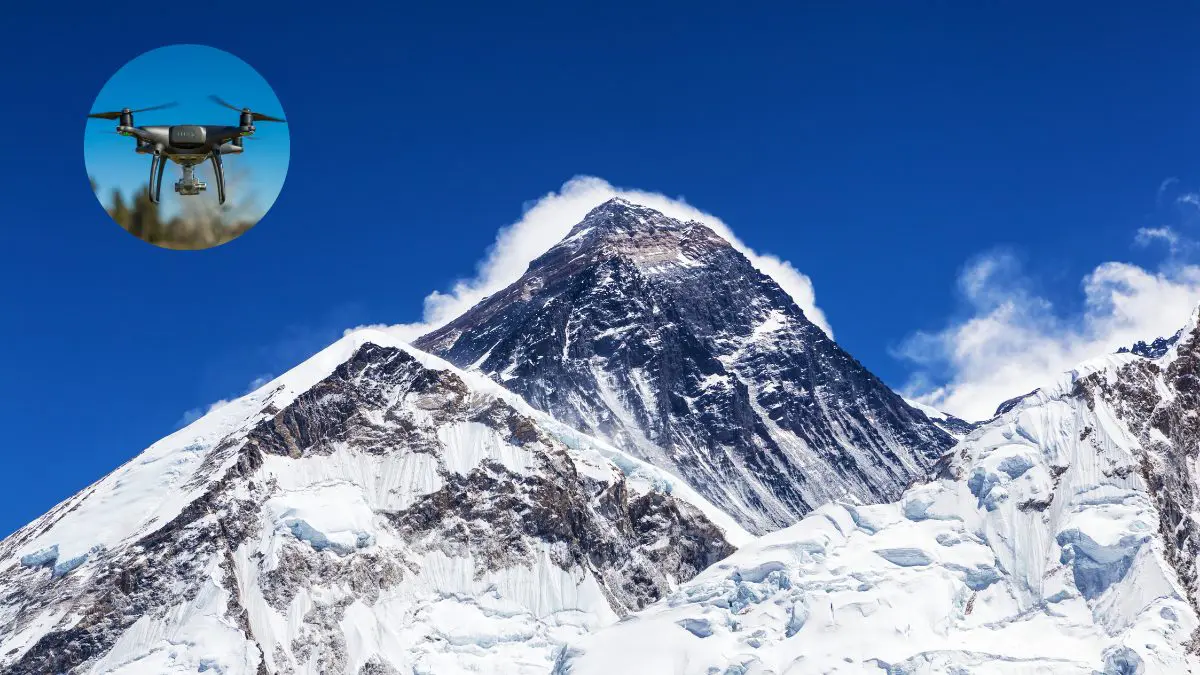Mount Everest, the world’s highest peak, has officially welcomed drone technology to support climbers and protect the environment. These high-altitude drones will help transport supplies and remove waste from as high as 6,192 metres, offering much-needed relief to Sherpas and improving expedition safety.
Drone Service Takes Flight On Everest

The drone service on Mount Everest is a game-changer. For the first time, drones are being used to ferry food, oxygen cylinders, and essential gear between Base Camp and Camp I. This stretch, previously requiring Sherpas to climb for six to eight hours, can now be covered by drones in just 12 minutes.
The drones in use—DJI’s FlyCart 30 models—are custom-designed for extreme altitudes. They can fly up to 6,000 metres and carry loads of up to 15 kilograms. These drones not only bring supplies uphill but also return with waste, including human waste and leftover equipment. In a region where littering and environmental degradation have been growing concerns, this technology provides a practical solution.
Also Read: Nepal’s Sherpa, Kami Rita Climbs Mount Everest For 28th Time Breaks His Own Record!
This shift aims to make expeditions safer and more sustainable, especially as the number of climbers continues to grow each season. The addition of drones will allow mountaineers to focus on the ascent rather than worrying about logistics or the environmental burden of their activities.
Reducing Sherpa Risk And Environmental Impact

Sherpas have long risked their lives to carry gear across treacherous icefalls and ridges. The drone service on Mount Everest now eases that burden. These drones can take over many of the more dangerous tasks, reducing the strain on human porters. Drones now complete tasks in a fraction of the time, allowing Sherpas to focus on safety and guiding climbers.
Furthermore, Sherpas face the physical toll of carrying heavy loads at extreme altitudes. With drones helping in the transportation of oxygen cylinders and food, the risk of altitude sickness or fatigue is lessened, providing crucial support to those involved in the climbs.
Also Read: Amid Local Protests, Nepal Decides To Resume Rescue Helicopter Operations To Mount Everest
In addition to helping climbers, the drones will also play a role in preserving the mountain. Over the years, Everest has suffered from accumulated waste left by expeditions. With an increase in the number of climbers and trekkers over the past decades, waste management has become a pressing issue. Mount Everest is now notorious for being littered with trash, including discarded gear, cans, and even human waste, which pose both environmental and health hazards.
A Test Flight For Future Expeditions

The service is being tested during the 2024 spring climbing season and will help determine if drones can be used more extensively in future expeditions. The limited scope of the trial allows experts to monitor performance, evaluate efficiency, and identify potential issues. This includes checking the drones’ capabilities in various weather conditions, including high winds, low temperatures, and changing air pressure.
Also Read: Who Is Siddhi Mishra, The Youngest Child To Reach The Mount Everest Base Camp?
If successful, Nepal’s government may approve drone use across more sections of the mountain. The use of drones for waste removal and supply drops could eventually extend to higher camps, and may even lead to fully autonomous drone services, dramatically reshaping the logistics of mountain climbing.
Cover Image Courtesy: Canva Pro (Image used for representation)





